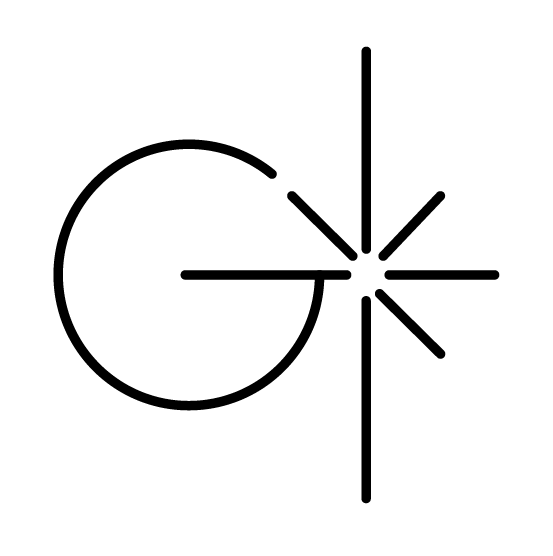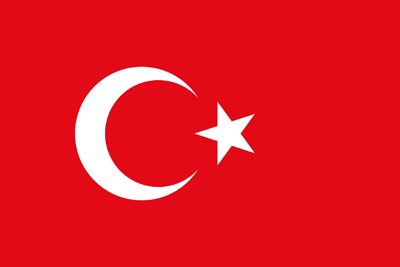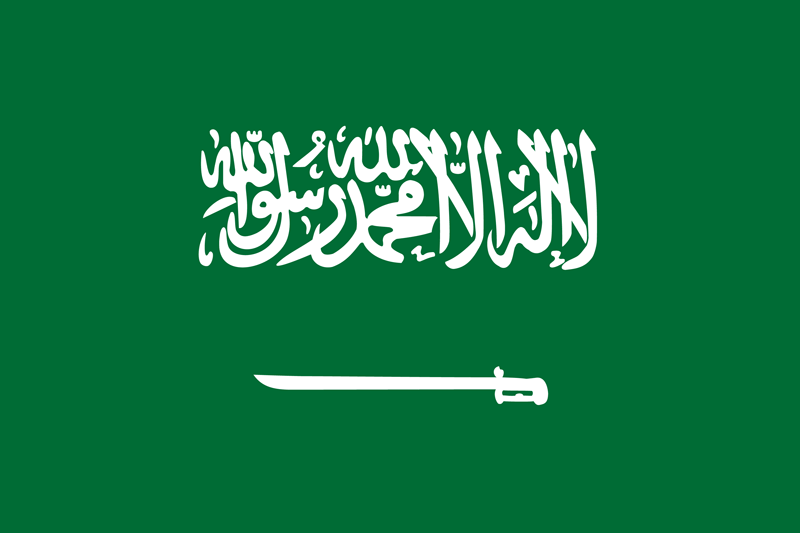Working hours
- Pzt-Cum 08:00 - 18:00
Cumartesi 09:00 - 16:00
Pazar Kapalı
Contact
-
Telephone: +90 534 209 69 35
- info@gokceozel.com.tr
Bize Sorun
Septorhinoplasty

The structure that divides the nasal airway into two in the middle of the nose and consists of bone and cartilage is called the septum. Congenital or acquired curvature of the septum may occur. The most common cause of congenital curvatures is difficult birth and birth trauma. Acquired nasal septum curvatures are facial traumas that occur while the development of the nose continues. If the septum in the middle of the nose is curved, it is called nasal septum deviation, and the surgical correction of this condition is called septoplasty. Septorhinoplasty is an operation that aims to solve nasal deformities and breathing problems and to correct the psychological effects that occur with these problems. In septoplasty surgery, both the bone curvature that prevents breathing is intervened (septoplasty) and the most appropriate aesthetic intervention (rhinoplasty) is performed according to the general structure and expression of the face.
The patient's entire health history, along with nasal problems, is considered as a whole before the operation. Whether there are other internal disorders in the nose; The patient's allergic conditions, previous surgeries or facial trauma are evaluated in detail. In the light of all these data, the most appropriate method for the patient is selected and applied. The operation can be performed with open or closed technique. Bone and cartilages that are curved and cause breathing problems are removed, shaped and placed back into the nose. In the operation, cartilage, bone, ligaments and tissue that hold these structures together are tried to be preserved as much as possible. In a situation where bone and cartilage are not preserved and all of them are removed, saddle nose deformity occurs in which collapses on the nasal dorsum occur, and in this case, deformity and breathing problems continue after the surgery. In summary, Septorhinoplasty is an operation that requires sensitive surgical accumulation and must be performed meticulously.
The operation is performed to reshape the nose, to provide an aesthetic appearance compatible with the face and to eliminate the functional problems of the nose. As I always say in my interviews with my patients, a nose that is aesthetically beautiful but you can't breathe is like a stylish but tight-fitting shoe. Living with a nose that you cannot use and cannot breathe is very tormenting and eventually goes to revision. With this operation, the nose can be reduced; The angle of the nose with the upper lip can be changed, the tip of the nose is repaired and other defects such as indentation and protrusion in the nose can be corrected, the septum structure is straightened by correcting the bones and cartilage that shape your nose. In addition, problems that cause breathing difficulties are detected. At the beginning of these problems is the growth of the nasal flesh on the opposite side of the bone inclination. The enlargement of the nasal flesh also causes the continuation of nasal congestion if it is not intervened and it definitely requires intervention. I make intranasal endoscopic evaluations of all of my patients who will have septoplasty or septorhinoplasty surgery, if necessary, I apply advanced imaging methods with computed tomography, and I definitely perform operations on the concha during the operation.
The operation takes about 2-3 hours. Patients are hosted in the hospital for 1 night after the operation. In this process, treatments that accelerate healing and cold applications are made. In order to protect sensitive areas such as cartilage and bones, a plaster and a silicone pad with a hole in the middle are placed. Silicone pads are removed after 2 days, nasal tip sutures are removed after 7 days and the patient returns to his daily life.




